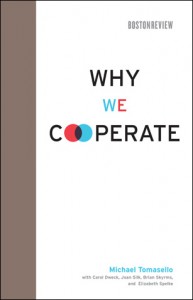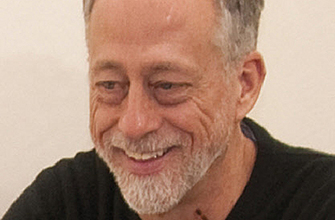Back to the future on syntax and Broca’s area. Talking Brains provide a concise and humorous post about why Broca’s area is not the seat of syntax, be it domain-specific or domain-general. I tend to think that areas important for syntactic processing are probably distributed throughout the left perisylvian region. Hence why Broca’s aphasiacs are quite capable of making grammatical judgements. Then again, another reason why damage to Broca’s area doesn’t, to quote Hickok, “obliterate the ability to make such judgements”, is because the processing shifts to another region (sort of an ancillary system). This is very possible in the advent of neuroplasticity.
Neuroplasticity is a dirty word. Having mentioned neuroplasticity, I now feel obligated to mention this brilliant post over at Mind Hacks. It provides a sort of 101 approach to neuroplasticity, which, after all, simply means something in the brain has changed. Still, as one poster from Ethnographer.com pointed out: “However, at its most abstract, the concept of neuroplasticity is often arrayed against that other commonplace abstract notion, that the brain is genetically ‘hard-wired’ in some way”.
Dialect Geography and Social Networks. Mark Lieberman over at Language Log discusses geographical patterns of linguistic variation and recent analyses of facebook networks in the US. Put succinctly: they don’t line up very well. He also asks some interesting questions about the role facebook might play as a proxy for communication patterns.
How best to learn R. R is an invaluable statistical package. If, like me, you find yourself being dropped in at the deep end, then things can seem slightly confusing in an environment that is far less user friendly than, say, SPSS. All the important stuff is in the comments section of the post, but you should take some time out to have a general poke around Statistical Modelling, Causal Inference and Social Science.
Are Scottish People Living Dangerously? The short answer: Yes. Barking Up The Wrong Tree links to a study claiming that “Almost the entire adult population of Scotland (97.5%) are likely to be either cigarette smokers, heavy drinkers, physically inactive, overweight or have a poor diet.”
The Sun Gone Crazy? Apparently, for the past two years there’s been a prolonged absence in sunspots. But as Adam Frank mentions, “The magnetic activity of stars like sun, which is the root cause of the sunspot cycle, is still poorly understood even after decades of intense study. It’s more than an academic concern”.
Three Questions for Michael Tomasello. A cool little interview with the chimpanzee, linguistic and cooperation guru, Michael Tomasello, over at cognition and culture.



 It’s Charles Darwin’s birthday today! He’s 202. So in celebration I’ve written a post on the still ongoing controversy which the theory of evolution by natural selection caused and is causing, specifically with regards to the emergence of human intelligence.
It’s Charles Darwin’s birthday today! He’s 202. So in celebration I’ve written a post on the still ongoing controversy which the theory of evolution by natural selection caused and is causing, specifically with regards to the emergence of human intelligence.
